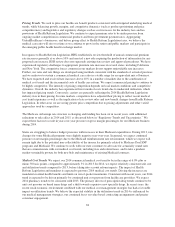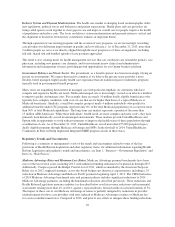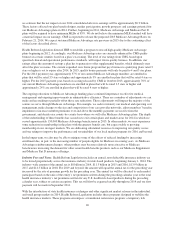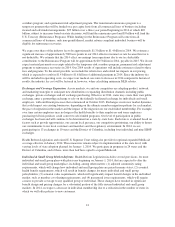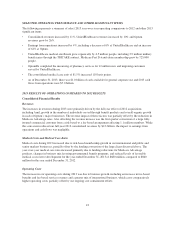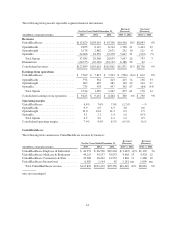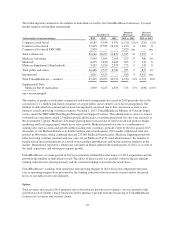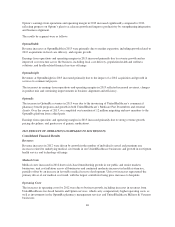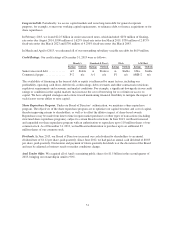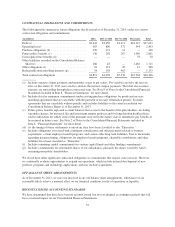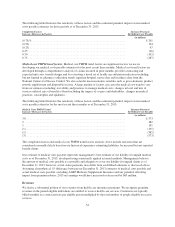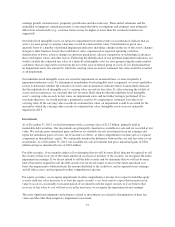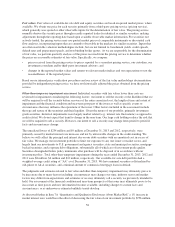United Healthcare 2013 Annual Report Download - page 50
Download and view the complete annual report
Please find page 50 of the 2013 United Healthcare annual report below. You can navigate through the pages in the report by either clicking on the pages listed below, or by using the keyword search tool below to find specific information within the annual report.LIQUIDITY, FINANCIAL CONDITION AND CAPITAL RESOURCES
Liquidity
Introduction
We manage our liquidity and financial position in the context of our overall business strategy. We continually
forecast and manage our cash, investments, working capital balances and capital structure to meet the short-term
and long-term obligations of our businesses while seeking to maintain liquidity and financial flexibility. Cash
flows generated from operating activities are principally from earnings before non-cash expenses.
Our regulated subsidiaries generate significant cash flows from operations and are subject to financial regulations
and standards in their respective jurisdictions. These standards, among other things, require these subsidiaries to
maintain specified levels of statutory capital, as defined by each jurisdiction, and restrict the timing and amount
of dividends and other distributions that may be paid to their parent companies. In the United States, most of
these regulations and standards are generally consistent with model regulations established by the NAIC. Except
in the case of extraordinary dividends, these standards generally permit dividends to be paid from statutory
unassigned surplus of the regulated subsidiary and are limited based on the regulated subsidiary’s level of
statutory net income and statutory capital and surplus. These dividends are referred to as “ordinary dividends”
and generally may be paid without prior regulatory approval. If the dividend, together with other dividends paid
within the preceding twelve months, exceeds a specified statutory limit or is paid from sources other than earned
surplus, the entire dividend is generally considered an “extraordinary dividend” and must receive prior regulatory
approval.
In 2013, based on the 2012 statutory net income and statutory capital and surplus levels, the maximum amount of
ordinary dividends that could be paid by our U.S. regulated subsidiaries to their parent companies was $4.3
billion. In 2013, our regulated subsidiaries paid their parent companies dividends of $3.2 billion, including $430
million of extraordinary dividends. This level of dividends maintained our target consolidated risk-based capital
level. In 2012, our regulated subsidiaries paid their parent companies dividends of $4.9 billion, including $1.2
billion of extraordinary dividends.
Our non-regulated businesses also generate cash flows from operations that are available for general corporate
use. Cash flows generated by these entities, combined with dividends from our regulated entities and financing
through the issuance of long-term debt as well as issuance of commercial paper or the ability to draw under our
committed credit facilities, further strengthen our operating and financial flexibility. We use these cash flows to
expand our businesses through acquisitions, reinvest in our businesses through capital expenditures, repay debt,
and return capital to our shareholders through shareholder dividends and/or repurchases of our common stock,
depending on market conditions.
48


